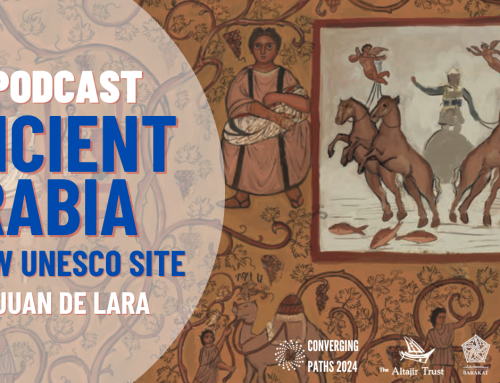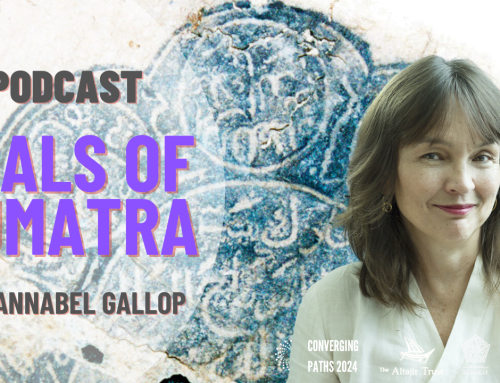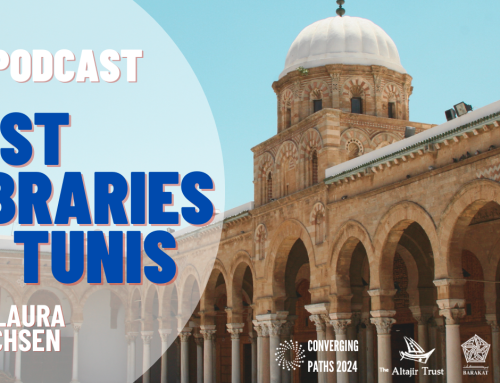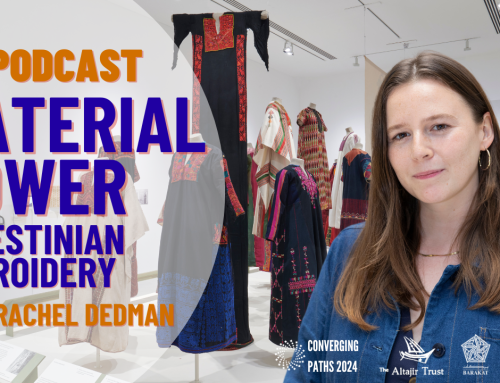Congratulations to one of our 2023 Hands On Islamic Art grantees: Kettle’s Yard, Cambridge.
About the project:
The project links the community of women at Corona House (a local housing organisation for vulnerable women at risk of homelessness) with Kettle’s Yard’s Material Power exhibition. The Cambridge museum’s exhibitionexplores the historical life and contemporary significance of Palestinian embroidery. This ancient and beautiful practice remains an important living tradition and the most prominent cultural material of Palestine today. Curated by Rachel Dedman, the exhibition looks at the ways in which embroidery, primarily undertaken by women, has evolved through a century of turbulent history for the Palestinian people.
For our Hands On Islamic Art project, Kettle’s Yard is hosting a four-month long artist residency for British-Lebanese artist Aya Haidar to work with the women of Corona House. Working with the collection of Palestinian Tatreez on display, the group will collaboratively create pieces revolving around ideas of domesticity. The project will increase local resident’s knowledge of Palestinian embroidery and cultural heritage, while providing a unique space for the women of Corona House to exercise their own creative voices and bring previously inaccessible art into their lives. It is a truly enriching endeavour.
The project will culminate in a celebration of the works produced by the residents in Corona House and Haidar. Kettle’s Yard has a dedicated community space in which the works produced can be publicly exhibited and celebrated, to coincide with the close of the Material Power exhibition.
About the Hands On Islamic Art project:
Funded by the National Heritage Lottery Fund, each year The Barakat Trust provides awards and assistance to a number of UK-based projects that focus on public engagement. The UK has several fantastic collections of Islamic Art that are often not explored, understood, or even known about as much as other fields of historic art. The Hands On Islamic Art project seeks to rectify this by introducing wider parts of the British public to Islamic art. All projects develop engaging, interactive ways to make the material accessible: from community-led curatorship of exhibitions to local participation in creative workshops. Whether children or adults, people with Islamic world heritage or without, these projects leave participants with a newfound understanding and enthusiasm for Islamic art.








